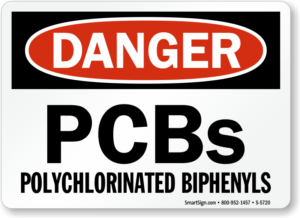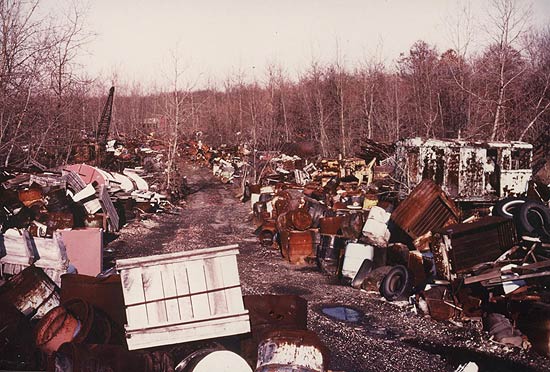Two of the most common hazardous wastes — including one that could be in your own home

According to the Environmental Protection Agency, hazardous waste can be “simply defined” as “waste with properties that make it dangerous or capable of having a harmful effect on human health or the environment.” Effective since 1976, the Resource Conservation and Recovery Act, better known plainly as RCRA, set the structure for a “cradle-to-grave” management style, meaning the EPA regulates hazardous waste materials throughout their entire life span — creation, transportation, treatment, storage and disposal.
In an effort provide sufficient protections for both humans and their surrounding environments, the EPA has set specific guidelines for certain kinds of hazardous wastes over the last 42 years. One of the reasons the EPA listed for these specific guidelines is to “provide flexibility in how certain waste is managed.” In order to get a better sense of how the EPA deals with hazardous waste materials, let’s take a look at the specific, “flexible” guidelines for how the organization defines two of its most common — and dangerous — materials.
PCBs
Polychlorinated biphenyls, or PCBs for short, are a grouping of — shockingly — man-made chemicals that were manufactured over a period of 50 years before being banned three years after the passing of RCRA. Though PCBs had a few commercial uses — paints, oils, plastics — they were also found to accelerate a litany of adverse health effects, including cancers and attacks on the immune and reproductive systems.
Since 1976, with the passing of both the RCRA and the Toxic Substances Control Act, many provisions have been set in place to avoid issues with PCBs and to deal with any that may arise. Many of these provisions deal with manifests at plants and factories known to be in possession of PCBs, as the EPA seems to be prioritizing awareness of the issue before a disaster can happen.
Household Hazardous Waste
Would you be surprised to find that your home could be full of hazardous waste materials? Especially so when you realize you put them there on purpose. This is a perfect example of the line that we walk as humans. Certain substances have use for us, even though if we don’t handle them correctly, they could be a great detriment to ourselves and our environment.
Some of the most common examples of household hazardous wastes, sometimes abbreviated to HHWs, include drain cleaners, glass cleaners, polishes, deodorizers and, surprisingly, mothballs. Household hazardous wastes are generally less regulated than something with a “cradle-to-grave” provision like PCBs, so the EPA suggests ways to reduce the source of potential hazards in the home instead.
For example, instead of using rug deodorizer, sprinkle your carpets with baking soda and vacuum over it 15 minutes later to get a similar effect without the adverse chemicals. Rather than use a furniture polish full of chemicals and potential hazardous waste catalysts, mix a teaspoon of lemon juice in a pint of vegetable oil and use that substance instead. They are simple, if not sometimes a bit wacky, solutions that can reduce the potential for household hazardous wastes almost instantly.

